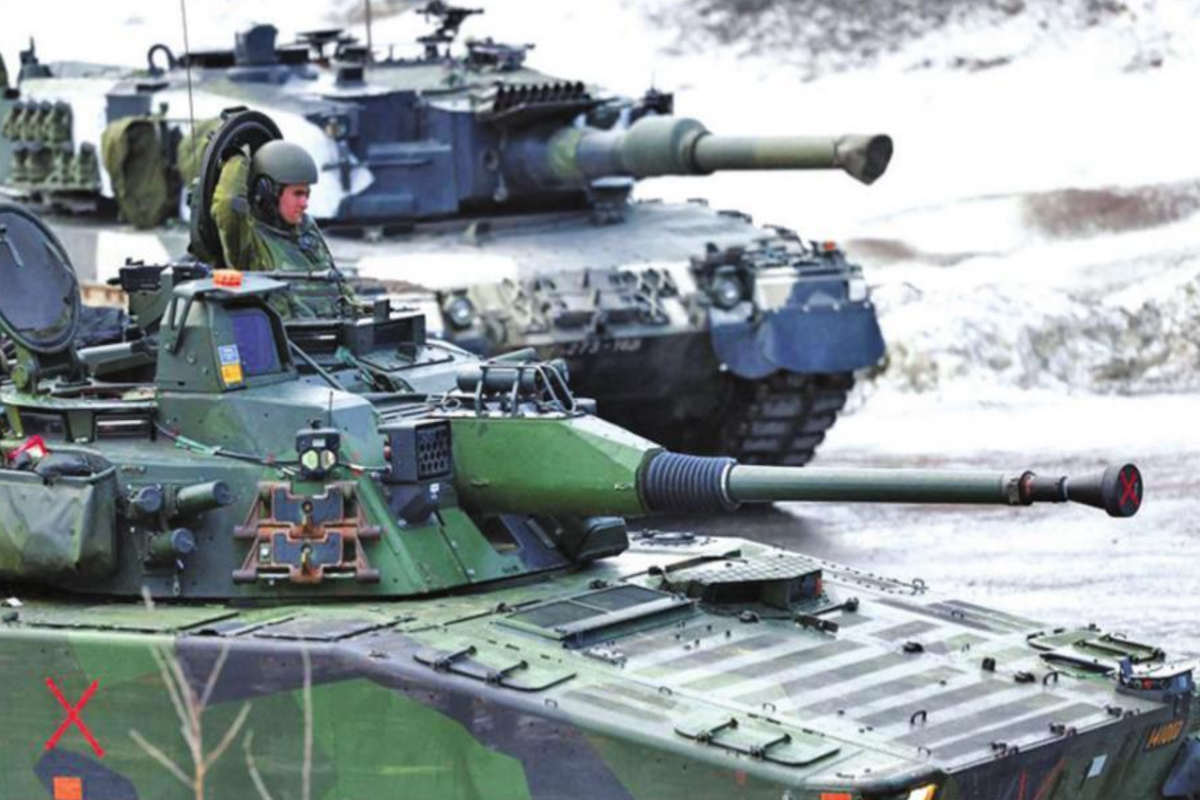Tripartite initiative
It has been announced that a three-country meeting on Afghanistan is to be held shortly in Moscow, to bring together…
For several decades, India’s military practitioners and strategic thinkers have been anticipating simultaneous threats posed by China and Pakistan in what they describe as the Two-Front security challenge.

Since its independence from a colonial power, India has pushed its territorial security and integrity beyond its national interest in its foreign policy strategy towards neighbouring countries and against other sovereign nations for its security and strategic perspectives. After the partition of India and Pakistan in 1947, the 1962 war with China, full-fledged wars with Pakistan in 1965 and 1971 and in Kargil in 1999, India has further leveraged its national security under the threat of two-front challenges.
For several decades, India’s military practitioners and strategic thinkers have been anticipating simultaneous threats posed by China and Pakistan in what they describe as the Two-Front security challenge. The threat is not just in military terms but extends to other threats such as diplomatic, economic, and strategic concerns faced by India.
After the Modi government came to power in 2014, and because of its constructive, strategic foreign policy priorities, India has seen a rise in its defence expenditure. As per a report of the Stockholm International Peace Research Institute, India’s military expenditure was $13billion in 1999. After the 2008 Mumbai attack, it went up exponentially going to $40b.
Advertisement
The 2016-17 border skirmish resulted in an increase in expenditure to $63.9 billion.
In current data, SIPRI has estimated that India is the world’s third-biggest spender on defence, with expenditure touching $76.6 billion in 2021, 0.9 per cent over the 2020 figure. The United States and China are the top two spenders.
Despite the ongoing corona pandemic, the report outlining money spent on defence in 2021 stated that international expenditure grew. “In 2021, China, the world’s second-largest spender, would invest an estimated USD 293 billion to its military, up 4.7 per cent from 2020 and 72 per cent from 2012,” according to the research. Military spending in Asia and Oceania totalled USD 586 billion in 2021. “Spending in the region was 3.5 per cent higher in 2021 than in 2020, maintaining an upward trend that dates back to at least 1989,” according to the research.
“The increase in 2021 was mostly due to increased military spend- ing in China and India. In 2021, the two countries accounted for 63 per cent of the region’s total military spending”.
According to SIPRI data on international weapons transfer patterns, Myanmar received nearly 50 per cent of India’s defence exports from 2017 to 2021, followed by Sri Lanka (25 per cent), and Armenia (11 per cent). However, India is only Myanmar’s third-largest supplier, accounting for 17 per cent of total imports, behind China and Russia, which account for 36 and 27 per cent respectively, according to the data.
“India has large-scale plans for arms imports because of perceived increased threats from China and Pakistan, as well as severe delays in the manufacturing of its own big arms,” SIPRI stated. “India’s decline in arms imports is thus most likely a temporary outcome of the country’s long and complex procurement process, as well as a change in suppliers.”
The Covid-19 pandemic and its destabilizing effect on the world order; mutual distrust over the origin of this virus; a trade war between the USA and China; the rise of Quad in the Indo-Pacific region and its strategic response to the achieving of a rules-based, free and open Indo-Pacific and India’s security concerns and its border skirmishes with both China and Pakistan are among the factors that have pushed the major developed and developing countries to increase defence expenditure and give priority to national security and strategic interests. This has meant support for realistic and pragmatic thinking in foreign policy by abandoning some liberal idealistic principles.
(The writer is Associate Professor, School of International Studies & Social Sciences, Pondicherry Central University.)
Advertisement